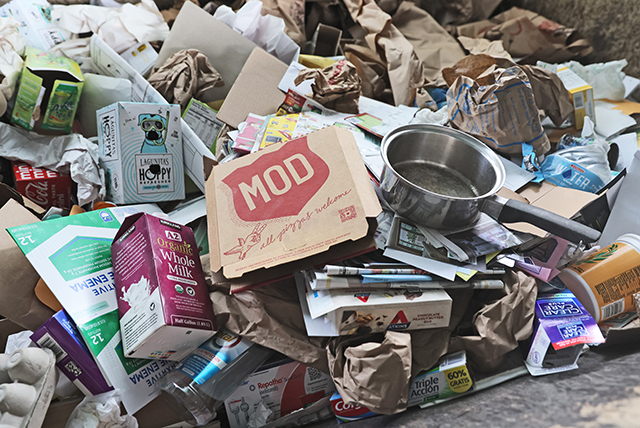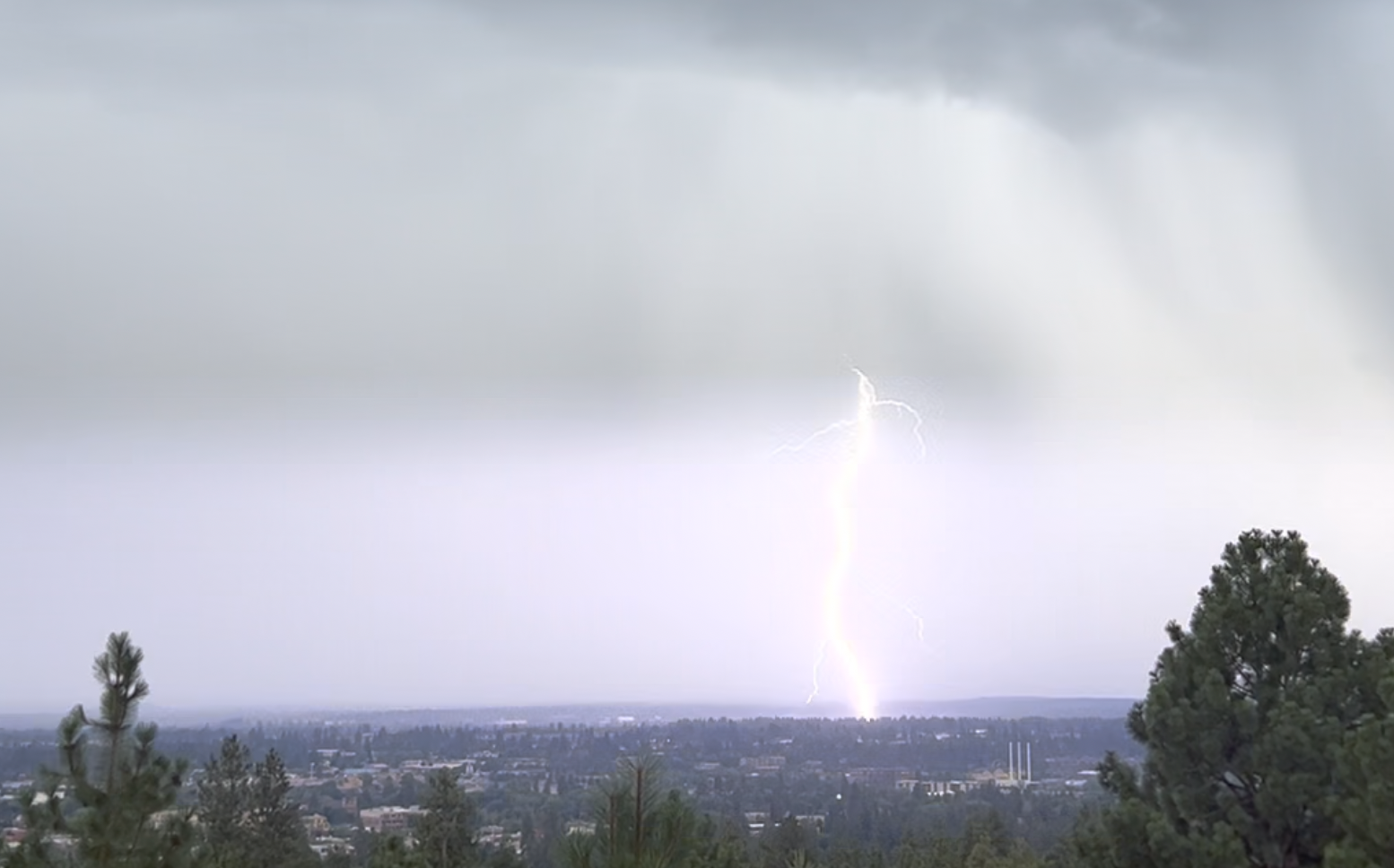Guest column: $30M funding for irrigation modernization benefits Oregon’s farmers and rivers
Published 12:00 am Tuesday, December 11, 2018

- Guest Column
For farmers in the Tumalo Irrigation District, 2018 started a new era for modernizing their infrastructure. Thanks to Sen. Jeff Merkley, D-Ore., a vocal advocate for irrigation modernization in Washington, and the vision of area farmers to collaboratively transform their water delivery system to benefit agriculture and the environment, TID has been awarded nearly $30 million in federal funding to pipe 68 miles of open irrigation canals, saving billions of gallons of water annually. This is good news for farmers in the TID and for all Oregonians, as some of our most critical infrastructure competes for scare water.
Approximately 80 percent of the water in the Western U.S. is used to grow crops and nourish livestock, sustaining rural farmers and ranchers, as well as everyone who eats the food they produce. Water shortages, along with increasing wildfire threats and long-term droughts, are becoming dangerously common in the West. For farmers, ranchers, fish and wildlife, whose livelihoods rely on secure water resources, the risks are particularly acute.
Trending
Compounding the challenge, most irrigation water in Oregon is diverted from rivers and moved through aging, open canal systems. Earthen canals, like those at TID, are inefficient: Up to 50 percent of the water may be lost to seepage or evaporation before reaching a farm or ranch. During drought, our rivers can come up short and farmers and ranchers can be cut off from water needed for crops or livestock, devastating and dividing rural communities.
Modernizing outdated water delivery systems can benefit local agriculture, the economy of surrounding communities and our environment.
Replacing open canals with pipes conserves water previously lost to seepage and evaporation, leaving more water in rivers and improving drought resilience. As gravity pressurizes piped water, irrigators can eliminate pumps, saving energy and costs. Surplus water pressure in a pipe can produce hydropower with no impacts to fish, providing local electricity in rural communities and creating a revenue stream that can help pay for these large projects.
Piping seems simple. What’s not simple is the scale of infrastructure, expertise and investment needed in Oregon. Without a technical support system and access to incentives, farmers must navigate a complex world of agricultural priorities, regulatory requirements and environmental concerns while still managing their crops or livestock.
With support from Energy Trust of Oregon, Farmers Conservation Alliance developed the Irrigation Modernization Program to help irrigation districts overcome these barriers and modernize at a faster pace and increased scale. In its design, irrigation modernization delivers wide-reaching economic and environmental benefits: energy efficiency, hydropower outside of rivers, water conservation and drought tolerance, stewardship for threatened species and crucial habitats and economic development.
Twenty Oregon irrigation districts, approximately 25 percent of the state’s agricultural water use, are in various stages of assessing modernization benefits. So far, they have uncovered enough piped hydro potential to power more than 13,000 homes, potential energy savings equivalent to powering another 6,000 homes and water savings of nearly 250,000 gallons per minute. Unlocking these benefits will require converting at least 580 miles of canals to pipe. That’s enough to support over 22,000 short-term jobs while protecting 111,800 acres of agriculture and improving 208 miles of streams.
Trending
Oregon’s rural irrigation systems benefit all of us. Investments in irrigation modernization mean farmers can create clean, renewable energy, improve river habitat and recreational opportunities and grow the foods we love. We’re pleased to see this first major step by the federal government to fund this work. It will take continued investments from state governments, irrigation districts, nongovernmental organizations and the private sector, and the work of FCA’s Irrigation Modernization Program, to scale this important work for Oregon’s farmers.
— Julie O’Shea is the executive director of Farmers Conservation Alliance. Jed Jorgensen is a senior program manager for Energy Trust of Oregon.








